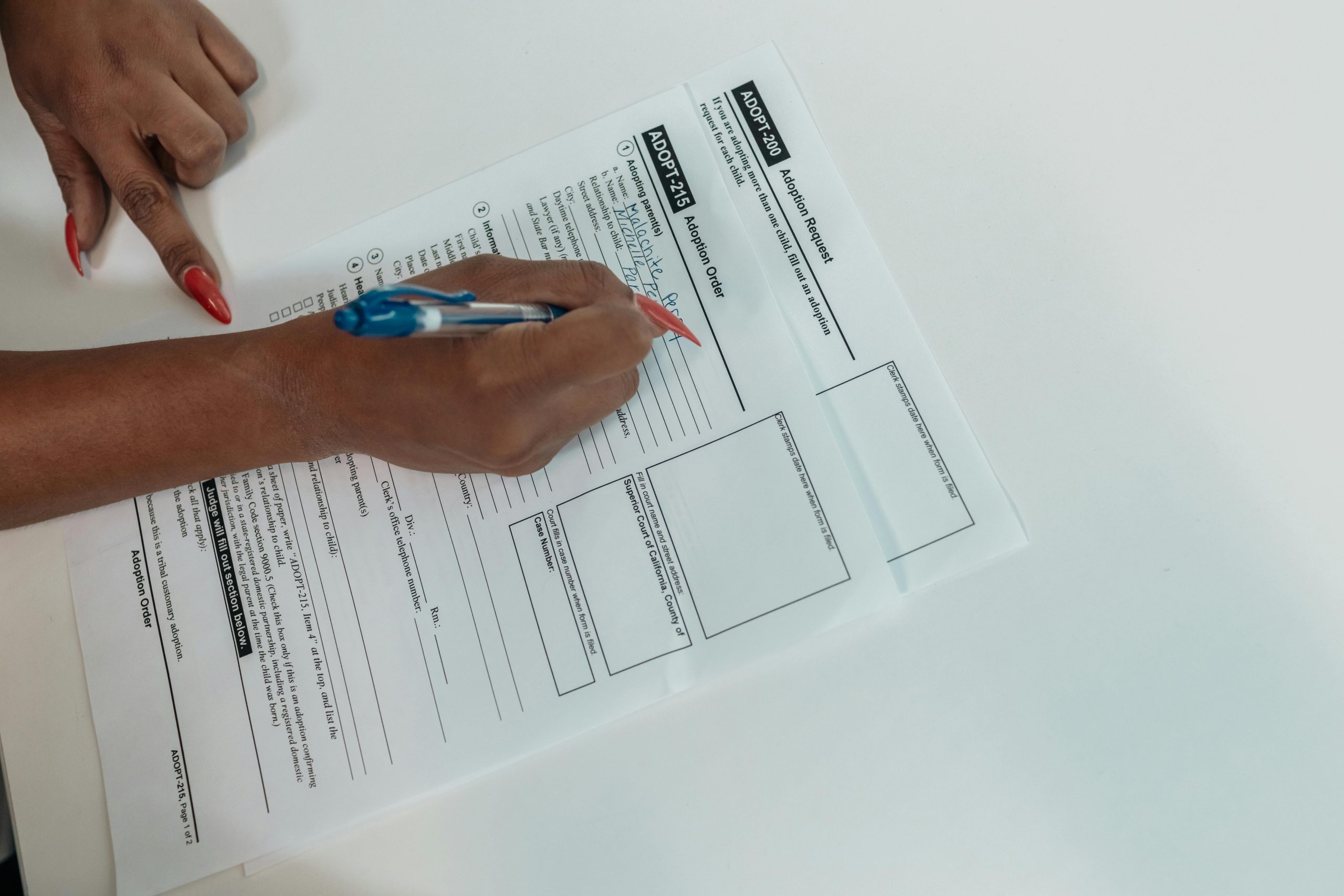How to Handle Vehicle Damage at a Repair Shop: A Step-by-Step Guide
Discovering damage to your vehicle after a repair appointment can be both frustrating and confusing, especially when the repair shop is reluctant to accept responsibility. Here’s a real-world scenario illustrating how to approach such situations with professionalism and confidence.
The Situation
Recently, I visited a reputable truck repair chain in Denver to have some work done on my vehicle. I picked up my truck just before closing time, and the service advisor assured me that everything was in order—no issues reported or noted at that time.
However, the next morning, I noticed noticeable damage to the front bumper: it appears scraped, with color transfer matching the repair shop’s paint. I quickly documented the damage with photos and sent an email to the shop, providing evidence and seeking clarification.
Investigating the Issue
Upon reviewing the official vehicle inspection report provided after the service, I found that the damage to the bumper was marked with a generic photograph. Given the circumstances, I am confident the damage occurred while the vehicle was under their care. It could have happened earlier in their parking lot or during the service process without being noticed, but the key point is that the damage is present and documented.
Your Rights and Next Steps
Despite being a longtime customer of the repair chain, I am aware that some staff members may dismiss concerns or deny liability. When facing such situations, it’s essential to approach them methodically:
-
Gather Evidence: Take clear, date-stamped photographs of the damage from multiple angles. Review any inspection reports or receipts for references to the damage.
-
Communicate Clearly: Contact the repair shop promptly in writing. Be factual, polite, and include all supporting evidence. Express your concern and request an acknowledgment or explanation.
-
Request an Inspection: If possible, ask the shop to inspect the damage and provide their assessment. Their response can help determine responsibility.
-
Document Everything: Keep a record of all correspondence, receipts, and inspection reports related to the incident.
-
Know Your Rights: If the shop refuses to accept liability, you may need to escalate the matter. This could involve consulting your vehicle insurance provider, filing a complaint with local consumer protection agencies, or seeking legal advice.
Conclusion
Handling vehicle damage claims requires professionalism, thorough documentation, and patience. By following these steps, you can effectively advocate for yourself and increase the likelihood of a fair resolution. Remember, protecting your



